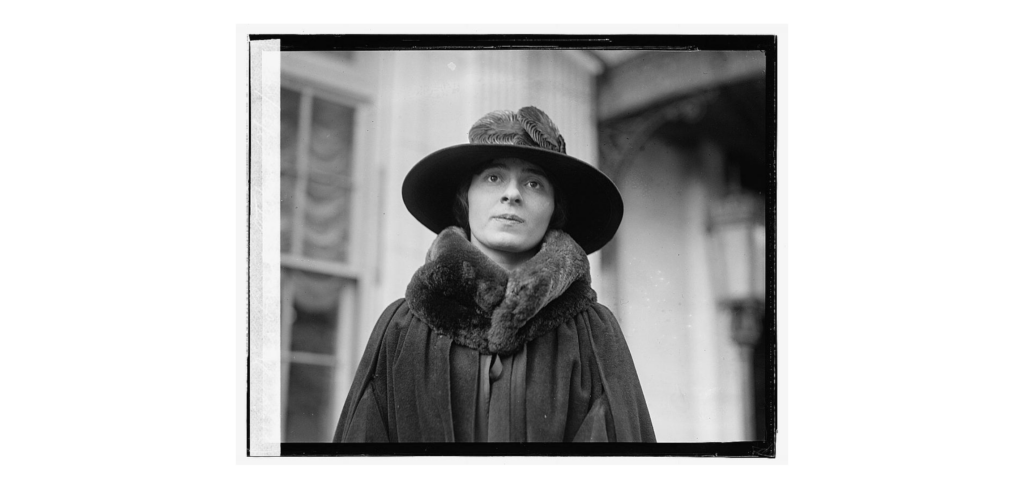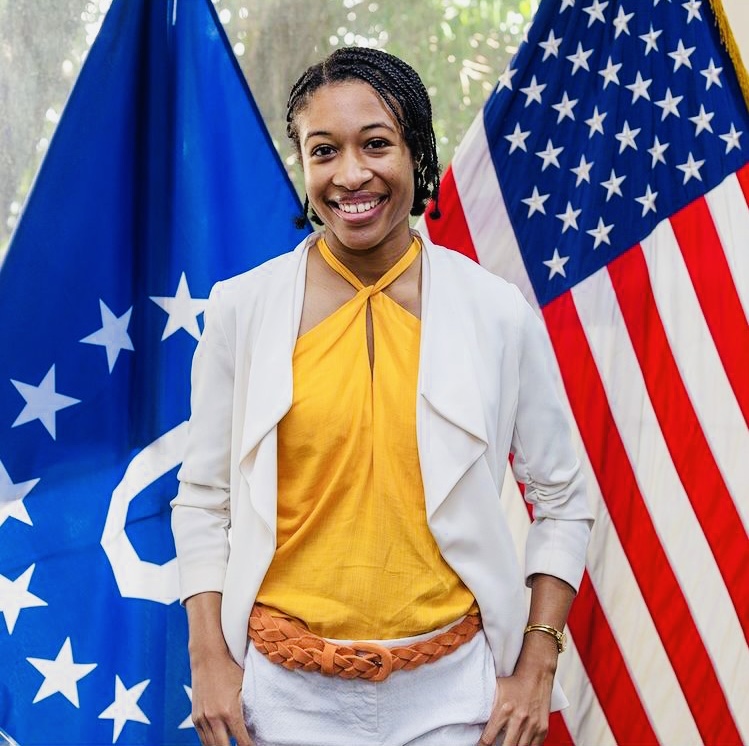What Is Diplomacy? | Definition, History & Jobs
What Is Diplomacy?
Diplomacy is a useful tool that helps prevent arguments and fights, not just between friends but also between entire countries. On a big scale, if diplomacy fails, it can lead to wars and big problems. So, what exactly is diplomacy? It’s all about keeping peaceful relationships between people, groups, or even entire nations. It’s like the art of talking and negotiating without making anyone mad, and it’s super important for keeping the world a safe and happy place.
The Ancient Roots of Diplomacy
Diplomacy is not a new thing; it’s been around for a really, really long time. Back in 2850 BCE, cities in Mesopotamia (which is like modern-day Iraq) were already making agreements with each other. Leaders in Egypt and the Ancient East (now Israel, West Bank, Gaza, Jordan, Syria, and Lebanon) were talking and negotiating in the 14th century BC. The Mayans in Mexico were also even sending diplomats to each other. The first embassies were set up in Northern Italy in the 14th century. Diplomacy has deep, ancient roots!
Diplomacy in U.S. History
In the history of the United States, diplomacy played a huge role. The Founding Fathers, like Benjamin Franklin, were early diplomats. They worked hard to build relationships, and even during the Civil War, diplomacy helped the Union win. After the war, African Americans started representing the U.S. as diplomats, breaking barriers and making history.

Women in Diplomacy
Just like African American history in the Foreign Service, women also have a remarkable story. In the early 20th century, women were making their mark in the Foreign Service, contributing as hosts and in clerical roles. It wasn’t until 1922 that Lucile Atcherson Curtis, the first female Foreign Service Officer entered the State Department. Since then, incredible women like Madeline Albright and Condoleezza Rice have become key figures.

Changing Faces of Diplomacy
Diplomacy is always changing with the times. In the 20th and 21st centuries, multilateral diplomacy became important, with organizations like the United Nations bringing countries together. Non-state actors, like international organizations and NGOs, also play a big role now. And guess what? Technology is changing the game, making information exchange faster than ever.
Roles of Chief Diplomats
The President of the United States is the chief diplomat, negotiating and setting foreign policy goals. They often work closely with the Secretary of State, who is the head of the U.S. Department of State. Throughout history, there have been famous Secretaries of State, like Thomas Jefferson and Condoleezza Rice.
Types
There are different types of diplomacy, such as economic diplomacy that promotes economic cooperation, climate diplomacy that addresses climate change, public diplomacy that speaks directly to foreign people, cultural diplomacy that promotes cultural exchange, and regional diplomacy that helps countries in the same region work together.
Characteristics/Skills of a Good Diplomat
Being a diplomat is a big deal, and it takes someone with a heart for public service. You need to be adaptable, flexible, and stay calm in different situations. Great leadership skills, analytical thinking, and effective communication are key. Check out the 13 dimensions to learn more about what makes a good diplomat.
What Can Diplomats Do for You?
If you ever visit a U.S. embassy in a foreign country, you might meet a diplomat. They can help Americans in emergency and non-emergency situations, from lost passports to assisting jailed or hospitalized citizens. They also play a role in issuing visas for people who want to work, travel, study, or live in the United States.

Interested in Becoming a Diplomat?
Becoming a diplomat is an exciting journey. With the U.S. State Department, you don’t need a specific educational level or foreign language proficiency, just a passion for public service. There are different types of diplomats, and the process involves submitting an application, taking tests, and going through interviews and clearances. It’s a journey worth taking if you want to be part of building a peaceful world.
In Case You’ve Missed It, Check Out
Top Career Tips From A Senior Diplomat
What Is The Foreign Service? | Travel Job
What Do Management Officers Do? | FSO Story
My First Tour As A Diplomat | What It Was Like
How I Became A U.S. Diplomat
Hey Ms. Traveler’s FREE Travel E-Course